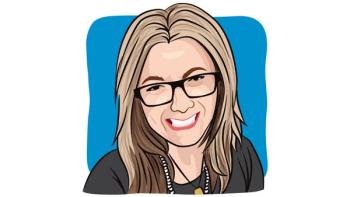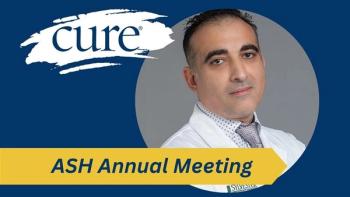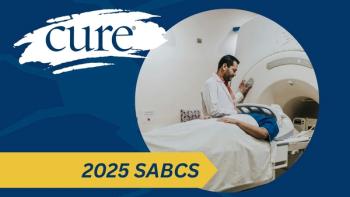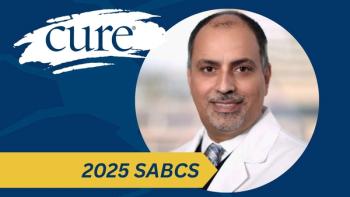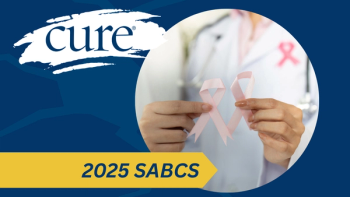On Nov. 15, the American Cancer Society will sponsor its 37th call to action to encourage people to quit tobacco during the Great American Smokeout. I grew up with both parents smoking. I saw their struggles with quitting, but eventually both of them were successful. From them, I learned a life lesson of never giving up, even if it takes you several tries. In fact, it takes about four tries for the average smoker to kick the habit. In a recent Gallup Poll, Americans appear to be lighting up less than ever, with only 1 percent smoking a pack a day now. In addition to public awareness campaigns, smoking bans across the U.S. and access to cessation tools has helped lower smoking rates. The ACS provides tools and tips to help tobacco users create a plan to quit smoking on its website "Guide to Quitting Smoking." Here are a few other resources:> CURE's "How Can I Quit Smoking?"> National Cancer Institute's "Where To Get Help When You Decide To Quit Smoking"> SmokeFree.govFor many patients, quitting smoking after a cancer diagnosis can help with treatment outcomes and quality of life, so it's never too late. And with that ... why wait until Nov. 15? Start today. Will you be participating in the Great American Smokeout?
